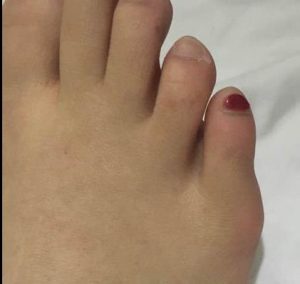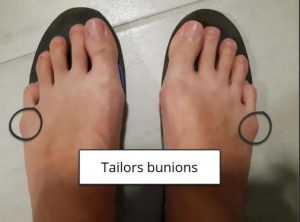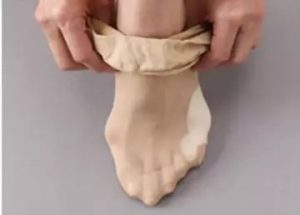Little Toe Varus
Marginalized little toe varus
Recently, some patients have complained about little toe varus: Nowadays, most of the products and publicity on the market are for treating thumb valgus, but there are very few stories about little toe varus. Can find a customer group that specializes in the treatment of thumb valgus:

The joints are protruding here, and it hurts to squeeze when walking with sneakers. If you walk a few kilometers, there will be a little redness and swelling in the small toe joints of this foot, which is just squeezing and painful. Does it matter?
There is an obvious protrusion on the side of the little toe. When I was a child, I thought it was a wide foot. I only recently learned about the valgus thumb. But the Internet is all the valgus of the thumb. What the hell am I? Recently, even if you wear loose slippers on the beach, it will still hurt, and it is super ugly. Is it going to be a lifelong loss of sandals and high heels?
In fact, many of us are suffering from the pain of inversion of the little toes, and this pain is no less than the valgus of the thumb.
Due to the low incidence, many people ignore their red and swollen little toe joints. They didn’t find out until they went to the orthopedics department of the hospital because of pain. It turned out that this is also a hidden foot disease.
What is little toe varus?
For small toes inversion, our foot therapist explained: “Little toe varus deformity is an uncommon toe deformity in foot and ankle surgery. Most of them are caused by the imbalance of the medial and lateral ligaments of the fifth metatarsophalangeal joint, the abductor muscles, and the muscle strength of the long toe extension and long flexor muscles. The varus deformity of the little toe will also be accompanied by plantar injury and interosseous muscle involvement.”
“Hall hallux varus is also called fifth toe varus. In more serious cases, bursitis may occur. The most important pathological changes include fifth metatarsal valgus and fifth metatarsal hypertrophy. Sitting on the ground with legs crossed and working, the little toe is prone to compression and little toe bursitis, so it is also called the sartor’s toe.”

The hazards of small toe varus
①Small toes overlap and turn inward, and squeeze with shoes to produce foot calluses
②The side of the little toe, walking friction pain, affect the quality of life and walking and other problems
③Inversion of the little toes causes overlapping deformation, etc.
After analyzing the symptoms and experience of this part of the patients, it was discovered that many patients originally wore bad sandals when they were young, which caused the middle part of the toes to turn inward. It hurts after walking with shoes for a long time, and some have worn out. The calluses are very thick, and some will hurt the shoes.
This type of patient is more enthusiastic about sports but usually does not take effective protective measures during the exercise, which will cause more impact and wear on the feet.
Coincidentally, many patients with severe hallux valgus are often accompanied by complications of small toe adduction, and they usually choose to be treated together.
[Hall hallux valgus often corresponds to small toe adduction]
Customize a special correction plan for you
1. Use the little toe protector

Anti-friction to relieve pain-easier to walk
Balance the force on the hallux-healthier toes
Improve toe deformation-more comfortable feet
Invisible protection of toes-more beautiful feet

[Sleeve inside the socks, does not affect normal walking]
2. Wear soft shoes
Because little toe varus is mostly caused by local friction stimulation, it is recommended that patients wear soft shoes to avoid friction stimulation
3. Other matters needing attention
① A mid-heeled shoe of about 5 cm is sufficient for women to maintain a head, chest, and abdomen posture and will cause less damage to the feet.
②Choose high-heeled shoes with soft and thick soles. When walking, you can add a soft insole on the forefoot to ease the friction and pressure on the foot.
③ Take off your high heels and relax your feet every half an hour to an hour or when your feet are sore.
④Keep your shoes clean to reduce the chance of skin infections on the soles of your feet. Soak your feet in warm water, or do a proper foot massage.
⑤For those who have received corrections, try not to wear high-heeled shoes.
